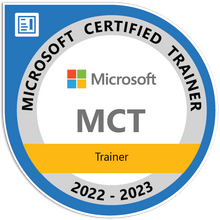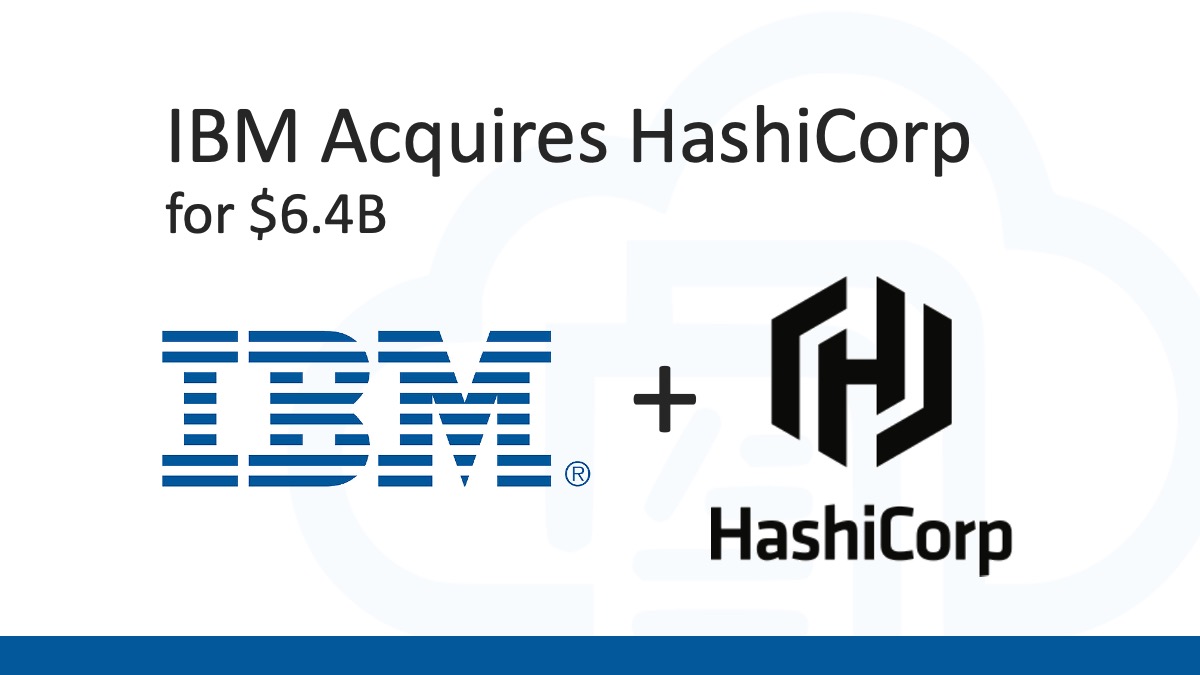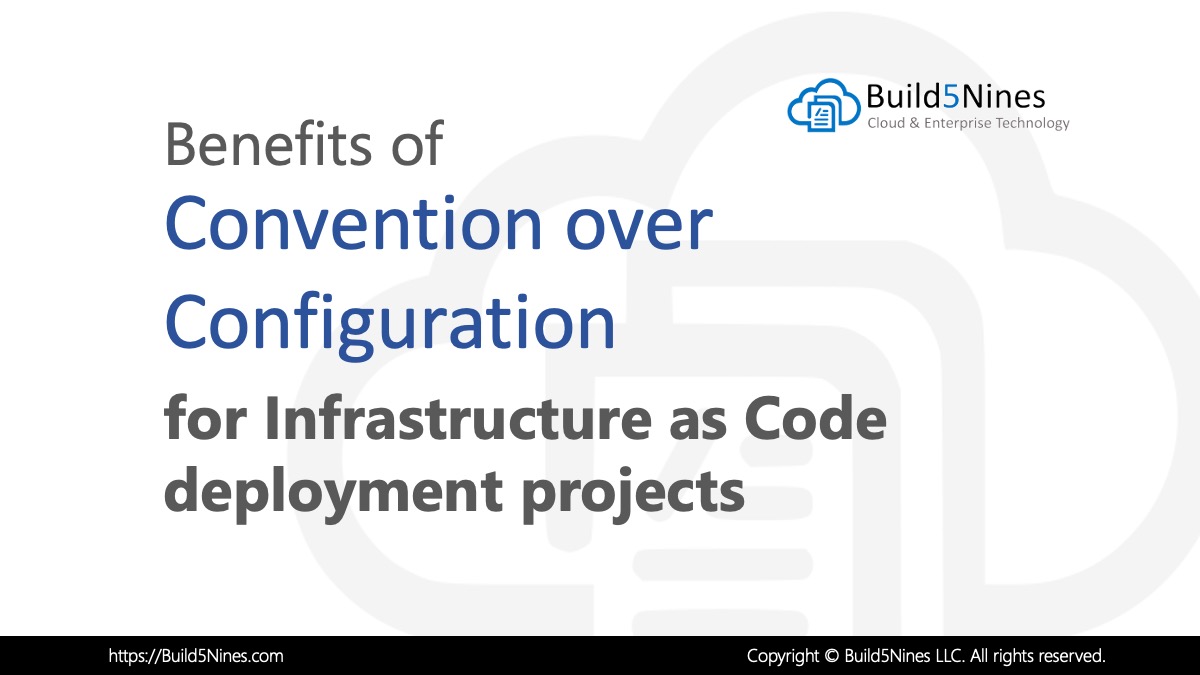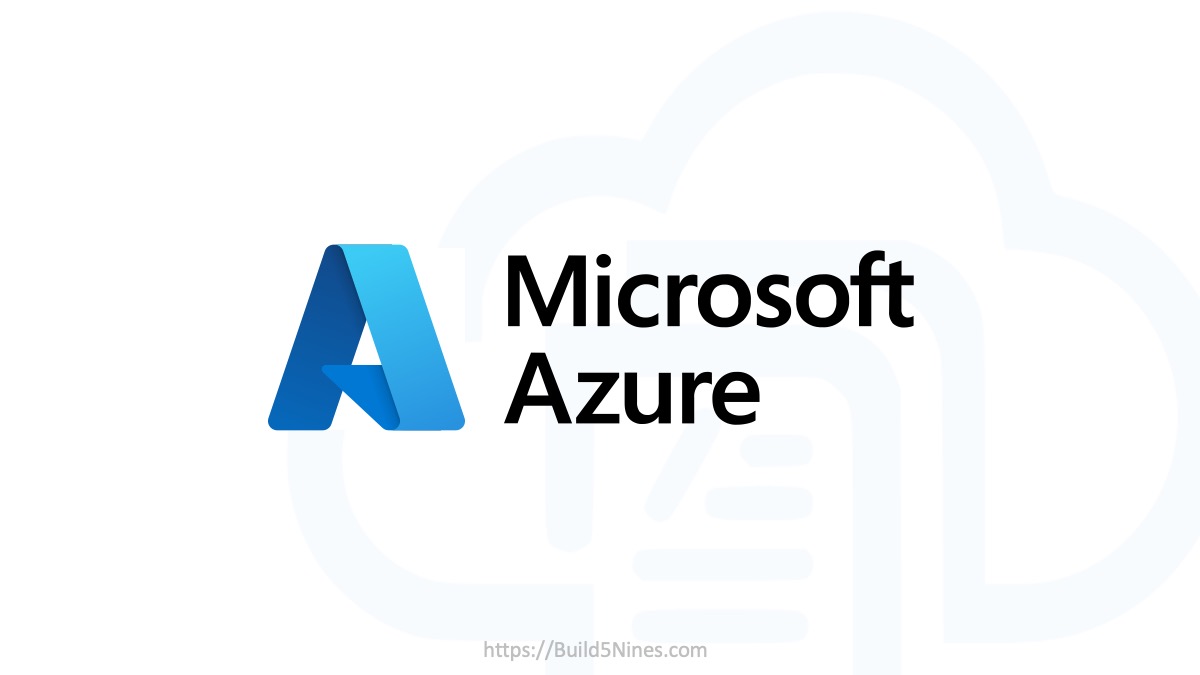In today’s digital landscape, web application security is paramount. As businesses increasingly migrate their operations to the cloud, the importance of safeguarding web applications hosted on platforms like Microsoft Azure cannot be overstated. This article will delve deep into the top 10 web application security risks specific to the Microsoft Azure cloud environment. For each of these risks, we will explore the recommended Azure features and best practices to mitigate vulnerabilities and prevent exploitation.
Table of Contents
1. Injection Attacks
Security Risk: Injection attacks, such as SQL injection or NoSQL injection, can allow malicious actors to execute arbitrary code within your application’s database.
Injection attacks, such as SQL injection or NoSQL injection, are a significant threat because they exploit vulnerabilities in the way user input is processed. By injecting malicious code into input fields, attackers can manipulate the application’s queries or commands, potentially gaining unauthorized access to the database. This can lead to data theft, data manipulation, or even complete system compromise.
Mitigation in Azure: Utilize Azure SQL Database’s built-in security features, such as Advanced Threat Protection and Transparent Data Encryption, to protect against SQL injection attacks. Implement parameterized queries and input validation to prevent injection vulnerabilities.
2. Cross-Site Scripting (XSS)
Security Risk: XSS attacks occur when an attacker injects malicious scripts into web pages viewed by other users, compromising their security.
XSS attacks target the trust that users place in a web application. Malicious scripts injected into web pages can be executed within a user’s browser, allowing attackers to steal session cookies, impersonate users, or deface websites. This risk is particularly concerning as it targets the application’s users directly.
Mitigation in Azure: Azure Web Application Firewall (WAF) can help block XSS attacks by filtering incoming traffic and identifying malicious payloads. Use Content Security Policy (CSP) headers to reduce the risk of XSS vulnerabilities.
3. Broken Authentication
Security Risk: Weak authentication mechanisms and misconfigured access controls can lead to unauthorized access to sensitive data.
Authentication is the gateway to an application, and broken authentication mechanisms open that gateway to attackers. Weak passwords, session fixation, or poor session management can lead to unauthorized access. Attackers exploiting broken authentication can impersonate users, steal sensitive data, or perform unauthorized actions.
Mitigation in Azure: Implement Azure Active Directory for robust identity and access management. Enforce Multi-Factor Authentication (MFA) for critical accounts and roles. Regularly audit and review access permissions.
4. Security Misconfigurations
Security Risk: Misconfigured security settings can expose sensitive data or provide attackers with unintended access.
Misconfigurations occur when administrators unintentionally expose sensitive information or grant excessive permissions. Attackers actively search for these misconfigurations, as they can provide a direct path to exploiting an application or its underlying infrastructure. Security misconfigurations can lead to data breaches or unauthorized access.
Mitigation in Azure: Utilize Azure Security Center to identify and remediate misconfigurations. Follow Azure’s Security Baseline recommendations and regularly review your resource configurations.
5. XML External Entity (XXE) Attacks
Security Risk: XXE attacks exploit vulnerable XML parsers to disclose internal files or execute arbitrary code.
XXE attacks exploit vulnerable XML parsers, allowing attackers to disclose internal files, execute arbitrary code, or launch denial-of-service attacks. This risk is especially concerning when applications process XML data without proper validation and filtering.
Mitigation in Azure: Disable external entity expansion in XML parsers. Azure Application Gateway and Azure Front Door can filter out malicious XML payloads.
6. Insecure Deserialization
Security Risk: Attackers can exploit insecure deserialization to execute malicious code within an application.
Insecure deserialization can lead to remote code execution. Attackers can manipulate serialized objects to execute malicious code, which could compromise the application, the server, or even the entire infrastructure. It’s a potent risk that can have far-reaching consequences.
Mitigation in Azure: Employ Azure Functions with Azure Durable Functions to minimize the impact of deserialization vulnerabilities. Implement proper input validation and consider using Azure Key Vault for secure storage of sensitive data.
7. Broken Access Control
Security Risk: Inadequate access controls can permit unauthorized users to access restricted functionality or data.
Broken access control arises when an application doesn’t adequately enforce authorization policies. Attackers can exploit this weakness to gain unauthorized access to restricted functionalities or sensitive data. This risk can lead to data leaks, privilege escalation, or unauthorized actions.
Mitigation in Azure: Utilize Azure Role-Based Access Control (RBAC) to define fine-grained access policies. Implement resource locks and regularly audit access control configurations.
8. Security Logging and Monitoring
Security Risk: Insufficient logging and monitoring can delay the detection of security incidents.
Inadequate security logging and monitoring can delay the detection and response to security incidents. Without proper visibility into application activities, attackers can operate undetected, causing damage or exfiltrating data without being noticed.
Mitigation in Azure: Enable Azure Monitor and Azure Security Center to gain real-time visibility into your application’s security posture. Set up alerts for suspicious activities and integrate with Azure Sentinel for advanced threat detection.
9. Using Components with Known Vulnerabilities
Security Risk: Failing to update and patch components can expose your application to known vulnerabilities.
Running outdated or vulnerable components exposes applications to known security flaws. Attackers frequently target these weaknesses, knowing that patches or mitigations are available. Failing to keep components up-to-date can lead to exploitation and compromise.
Mitigation in Azure: Implement Azure Automation to schedule and automate patch management. Regularly scan and update your Azure resources to address known vulnerabilities.
10. Insufficient Rate Limiting and DDoS Protection
Security Risk: Inadequate rate limiting and DDoS protection can leave your application vulnerable to abuse and disruption.
Insufficient rate limiting can lead to abuse of application resources, such as API endpoints. Attackers can flood the application with requests, leading to service disruption or resource exhaustion. DDoS attacks can overwhelm an application’s infrastructure, rendering it inaccessible to legitimate users.
Mitigation in Azure: Utilize Azure DDoS Protection Standard and Azure CDN to mitigate DDoS attacks. Implement rate limiting with Azure API Management or Azure Application Gateway to prevent abuse.
Conclusion
In conclusion, safeguarding web applications in the Microsoft Azure cloud environment requires a multifaceted approach. By addressing these top 10 web application security risks and implementing the recommended Azure features and best practices, you can significantly reduce the likelihood of exploitation and vulnerability. Stay proactive in monitoring and securing your Azure resources to ensure the continued safety of your web applications.






 Terraform: Modules using Git Branch as Source
Terraform: Modules using Git Branch as Source
 Analyzing IBM’s Acquisition of HashiCorp: A Game-Changer in Hybrid Cloud Management
Analyzing IBM’s Acquisition of HashiCorp: A Game-Changer in Hybrid Cloud Management
 Benefits of Convention over Configuration for IaC Deployment Projects
Benefits of Convention over Configuration for IaC Deployment Projects
 Azure CDN POP Locations: Interactive Map of Azure CDN Points of Presence
Azure CDN POP Locations: Interactive Map of Azure CDN Points of Presence
 Azure Functions: Extend Execution Timeout Past 5 Minutes
Azure Functions: Extend Execution Timeout Past 5 Minutes

AI assisted in the writing of this article.